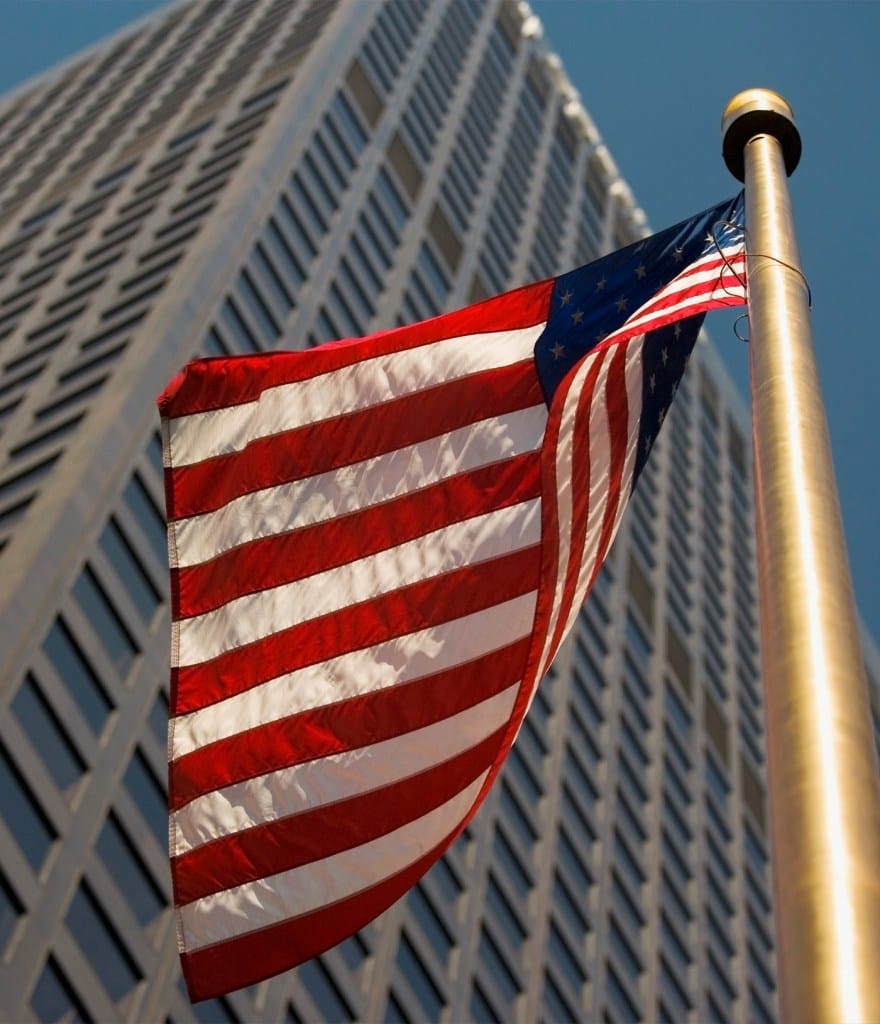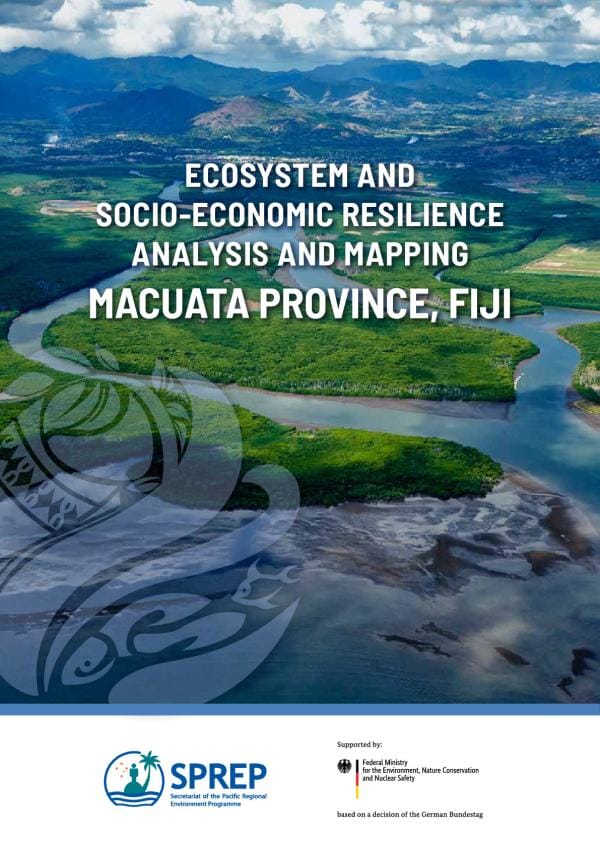The recent evolution of inflation in the United States has captured significant attention, particularly as new tariffs become a tangible reality for consumers. Analysts highlight that the imposition of these tariffs is poised to influence the cost of goods and services, potentially causing inflation rates to tick higher. This scenario is increasingly relevant as the economy continues to grapple with challenges stemming from supply chain disruptions and fluctuating demand, further complicated by global economic themes.
The current state of inflation in the U.S. has been shaped by a multitude of factors which include ongoing recovery efforts post-COVID-19, changes in consumer spending patterns, and external pressures from global markets. As tariffs come into effect, certain goods will see a marked increase in cost which could ripple through the economy, impacting everything from household essentials to luxury items.
Tariffs are primarily designed to protect domestic industries by making imported goods more expensive. In turn, this encourages consumers to purchase locally made products. However, as these tariffs surface, they do not just affect foreign brands, but also domestic producers who may rely on imported materials. The eventuality is that consumers may face increased prices across a broad spectrum of products.
Economic forecasters caution that higher tariffs disrupt traditional pricing strategies. Retailers, looking to maintain their profit margins, may pass these increased costs onto consumers. As tariffs begin to affect product pricing, the result can lead to a decrease in consumer purchasing power. With raised prices, families may need to reevaluate their budget allocations, potentially curbing discretionary spending. This adjustment across households contributes to broader economic shifts, leading to increased inflation rates.
Moreover, should inflation continue to rise as a consequence of these tariffs, it could provoke further economic consequences. The Federal Reserve, tasked with managing the nation’s monetary policy, may find itself in a precarious position. If inflation is perceived as threatening overall economic stability, the Fed may be compelled to increase interest rates to combat rising prices. Such an increase could have a chilling effect on consumer borrowing and spending, which are critical pillars of the U.S. economy. It creates a balancing act wherein policy-makers must gauge how to stabilize pricing without stifling economic recovery.
The sectors most likely to feel the blunt force of these tariffs include manufacturing, electronics, and consumer goods. For example, recent data shows significant tariff adjustments on electronics and machinery, which may lead to a chain reaction of increased costs in production. As companies adjust to these new economic realities, consumers might first notice the price hikes at their local stores, followed by an overall increase in the cost of living.
Ideally, the rationale behind imposing tariffs is to encourage domestic production and alleviate the trade deficit. However, in practice, the effectiveness of tariffs is mixed. There is an ongoing debate amongst economists regarding the long-term benefits versus immediate costs inflicted upon consumers. There are instances where domestic industries have flourished post-tariff implementation but this is not a universal outcome. Many sectors face the harsh realities of high inputs costs paired with a need to stay competitive.
Several industries are implementing cost-saving measures to mitigate the impact of tariffs on consumers. Companies might cut costs in other areas or seek alternative suppliers who are not impacted by the tariffs. While these measures could curb immediate cost increases, they may not fully alleviate the inflationary pressures provided by tariffs. This will require firms to innovate their practices continually to mitigate the long-term effects of these economic changes.
Consumer behavior could also adapt in response to rising prices. Individuals may start prioritizing value-driven purchasing habits, seeking out sales or alternatives to higher-priced items. Such behavioral shifts could influence how companies market their products while also potentially reshaping the competitive landscape.
While the tariffs may aim to protect domestic jobs, the immediate implications can be complex. Surveys conducted amongst consumers reveal concerns about increased prices leading to hesitance in purchasing decisions. Consequently, businesses may experience reduced sales if customers predict continued price increases. This dynamic could lead to a slowdown in economic growth, presenting further challenges for policymakers trying to maintain stability.
Overall, the impact of tariffs on U.S. inflation encapsulates broader trends that are unfolding within the economy. While tariffs might achieve certain goals relating to domestic production, the downstream effects on consumers and inflation rates provoke significant scrutiny. Economists and market analysts will be closely monitoring these developments as they unfold, given their potential to shape not only current economic conditions but future fiscal policy as well.
In summary, as tariffs reach consumers, the likelihood of rising inflation becomes ever more pronounced. It is essential for individuals and businesses alike to stay informed of these changes and prepare for the economic landscape that lies ahead. Understanding these relationships will be crucial in navigating the complexities of consumer economics and the implications of governmental policy decisions.



